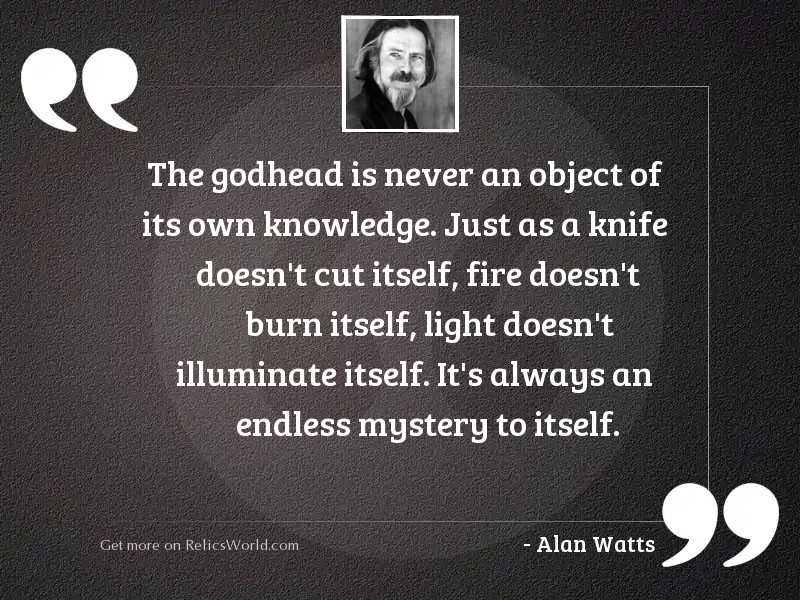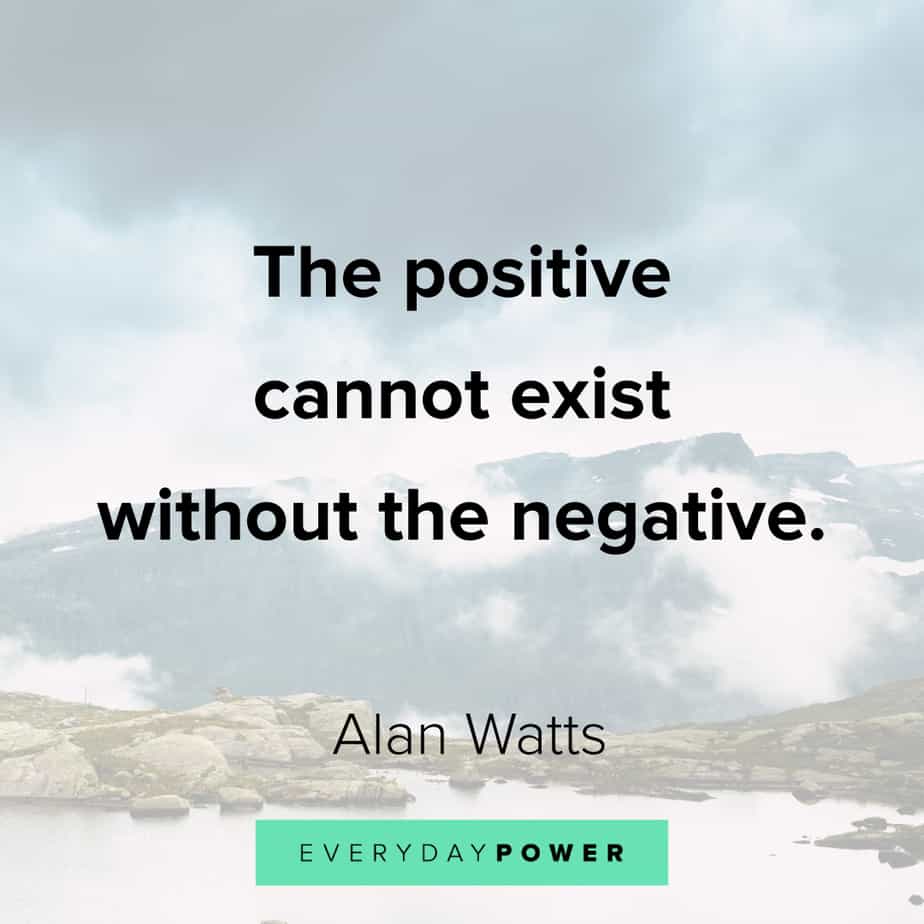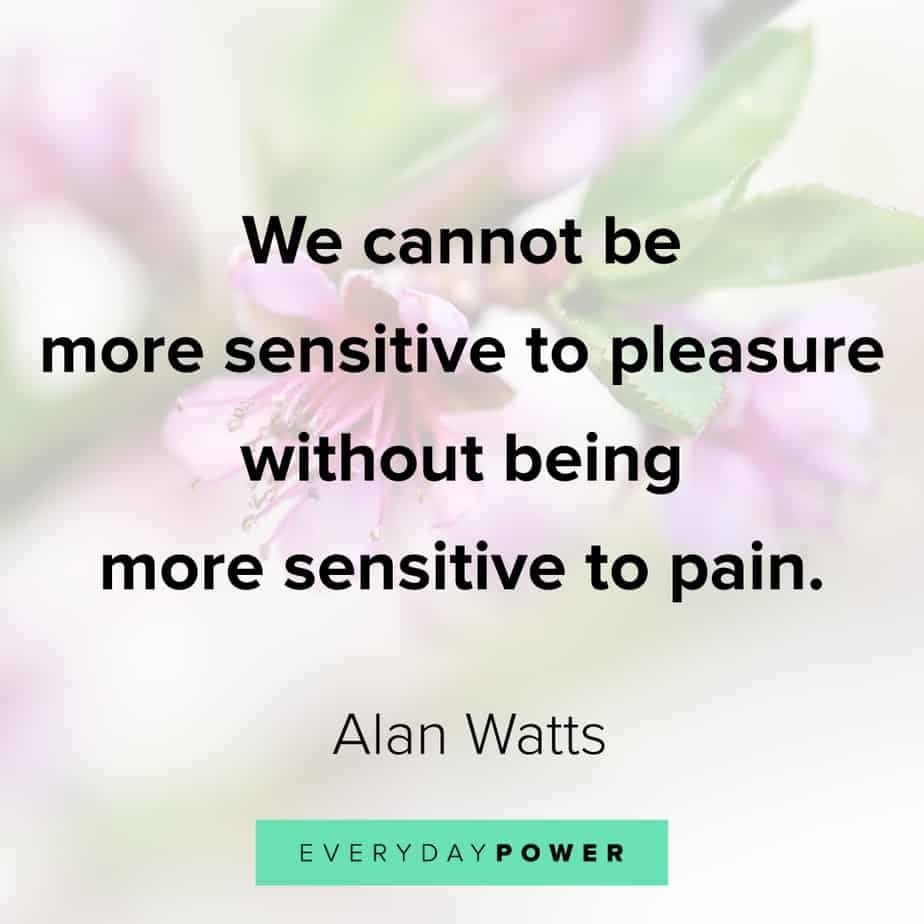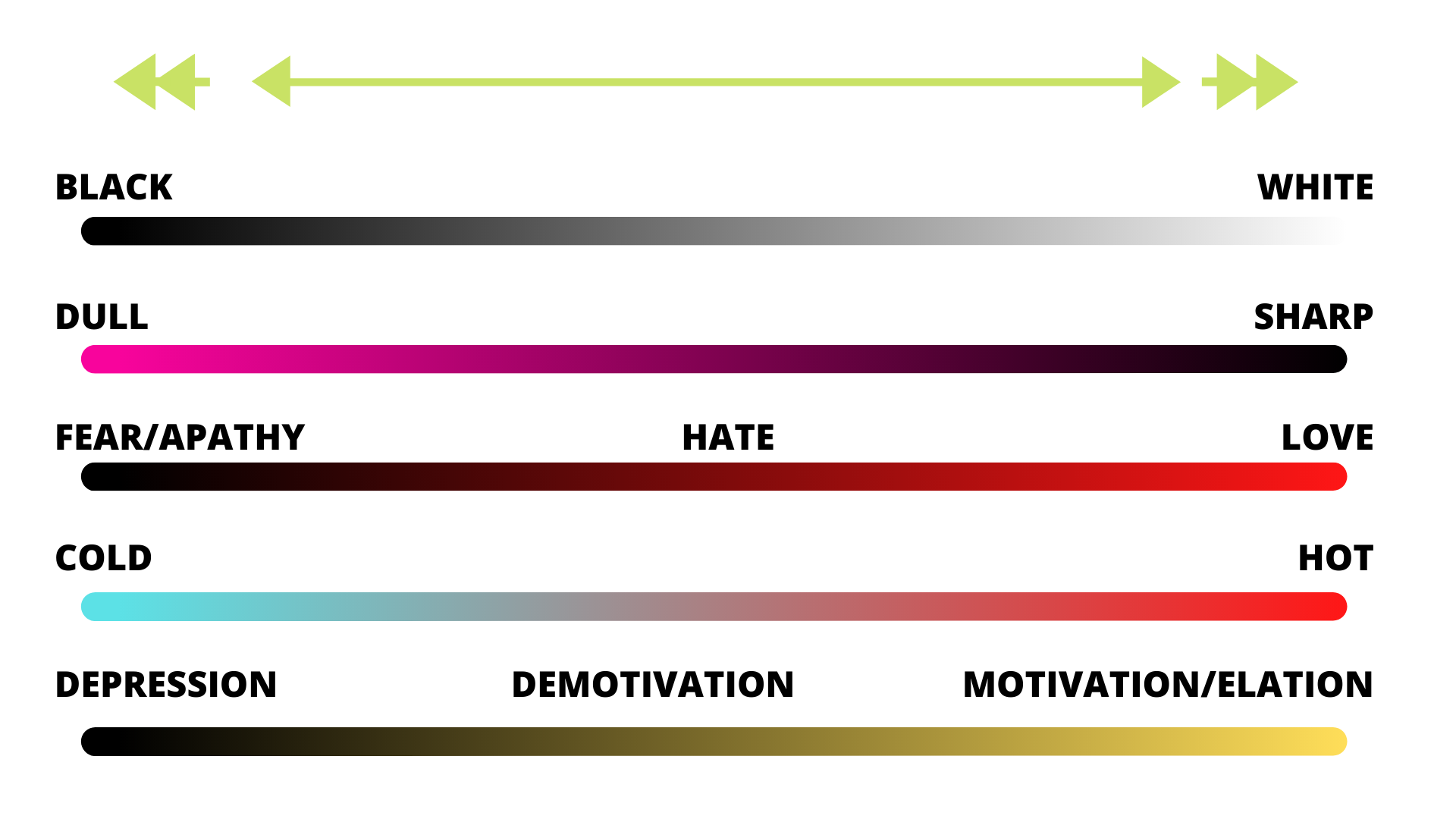“All you judge is the comparison.”
– Consciousness Liberty
Human existence is dualistic.
This means we make sense of our world by comparing one thing to another. In order to “know” one thing as a human, you must “know” its other side.
For example, most people perceive hot and cold two opposite things. They are actually the same thing. The same spectrum. 2 sides of the same coin.
The “coin” is the spectrum.
Although they are on the same line, they are on different sides of the spectrum, which is why we perceive them as opposites.
This law is known as Principle IV: The Principle of Polarity
“Everything is Dual; everything has poles; everything has its pair of opposites; like and unlike are the same; opposites are identical in nature, but different in degree; extremes meet; all truths are but half-truths; all paradoxes may be reconciled.”
– The Kybalion
This principle embodies the truth that everything is dual, polar and has an opposite. We can know something by comparing it to something else. These “opposites” are varying degrees of the same thing, located on the same scale, on the same line.
In human existence, what you judge as being opposites are actually variations of the same thing.
So in order to “know” one, or to “get closer” to one, you “know the other”. That contrast is what allows you to “see” it.

You cannot know one without knowing the other.
This is Universal Law as explained in the Hermetic text, the Kybalion.
and this law operates in dualistic consciousness – A.K.A human existence.

NOTE: Not all consciousness states are dualistic. Within unity consciousness, there is no good and bad, no hot and cold, no there or here, no right now or later.
They ARE.
And many times, they ARE BOTH – and NEITHER.
Ok, back to the dualistic human experience.
So here’s where it gets awesome because it’s how you get everything you want.
It works like this:
- To get something you give it away.
- To take control you give up control.
- To know what you want you must know what you don’t want.
- To gain freedom you must discipline yourself
Can’t I just get the thing I want, instead of looking for it’s opposite?
Naturally, if you want something you just go and get it.
But for all the things that you believe are harder to attain or you do not “know” (a.k.a have not experienced), you may find it hard to get for 2 reasons.
- The law of attraction, a.k.a, Principle I: The Principle of Mentalism. You perpetually create a state of want which creates a state of want, which creates a state of want, causing more want to appear until you start to seriously doubt yourself in it’s attainment. #Manifesationtroubleshooting 😛
- You will not be able to see it when you have it. You will not know it, feel it and thereby it goes undetected by you.
So that’s the human way of doing things…
Then there’s the energy alchemist way, using applied knowledge to your benefits to shortcut the process. That’s why we’re here my friend. 😉
Think of it as an operating manual to the multi universal being that you are.
Why Does it Work?
Once you understand that these “seemingly opposites” lie on the same line of a spectrum, the scale can be easily adjusted from, metaphorically speaking, left to right, right to left. Take hold and cold, and dull and sharp. You can slide from cold into hot, but you cannot slide from cold into sharp. That is a different line. You have the ability to transmute sadness to happiness. To go from scattered to focused.
The Law of Duality (Principle of Polarity) works hand in hand with all the universal principles, as shown with the law of attraction, Principle l: The principle of mentalism. It also works very closely with principle V.
Principle V: The Principle of Rhythm
“Everything flows, out and in; everything has its tides; all things rise and fall; the pendulum-swing manifests in everything; the measure of the swing to the right is the measure of the swing to the left; rhythm compensates.”
-The Kybalion
What it is:
This principle embodies the truth that in everything there is manifested a measured motion, to and fro; a flow and inflow, backward and forward. It is a pendulum-like movement between the two poles which exist in accordance with the Principle of Polarity described a moment ago.
We see and understand the rise-and-fall behavior of these energy waves that permeate our existence.

So, how do I get to the polar opposite?
When you are going through the darkest of times you can realize that you are on the same spectrum of the best times of your life.
You can learn to navigate that line and experience it’s polar “opposite”.
The secret is not to force it. Let everything have it’s time, as it has it’s purpose and to rest in the certainty that “what goes up will go down” and vice-versa.
It’s Universal law and it’s science.
So check out the rise and fall of those waves. That same “up and down” works closely with Principle III: Th Principle of Vibration, which states that everything vibrates and everything is in constant motion.
Therefore, when you “know” something such as pain, that will naturally swing to pleasure because that swing is a natural physical law.
So take temperature as an example. If you are sort of warm and put your hands in hot water (not burning), you feel more warmth. But, if you hands are freezing and you put your hands in hot water your feel much more contrast, more extreme, more heat.
And it gets better…
If you “know” or experience an extreme polarity upon the same line, you can enhance your capacity for experience of the other pole.
You know the “hit rock bottom” just before you “make it big” scenario?
Or the people who have deep personal struggles expand their capacity for love and compassion.

How do I know what is on the same spectrum?
Some are obvious, cold and hot, black and white, some not so obvious at first glance – apathy and love, depression and motivation. (Btw, if you keep going towards the more extreme of motivation you get inspiration.)

Many “not so obvious at first” spectrums I found through experience. Once you have the awareness to look out for them, you will find what is true for you. Truth is personal, not universal.
So now you know how to leverage the Law of Duality.
Be a giver, be a lover, be yourself. And get anything you want. 😉

